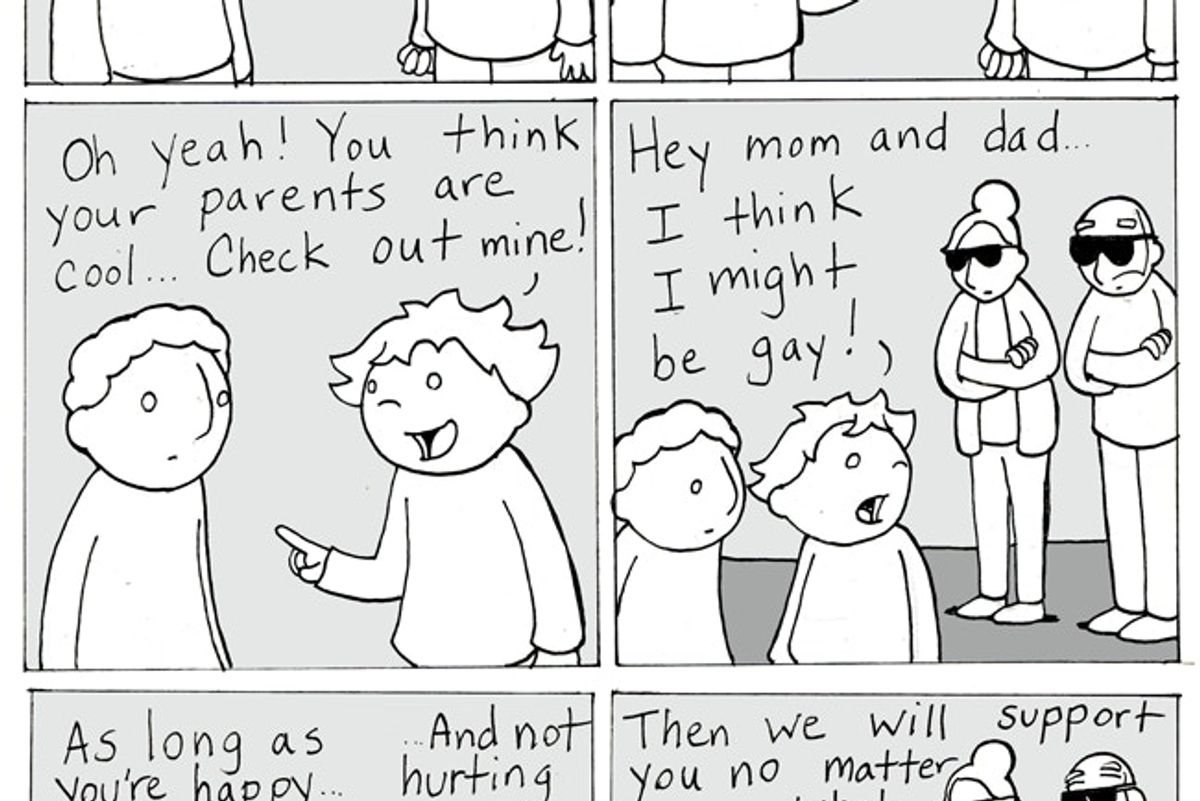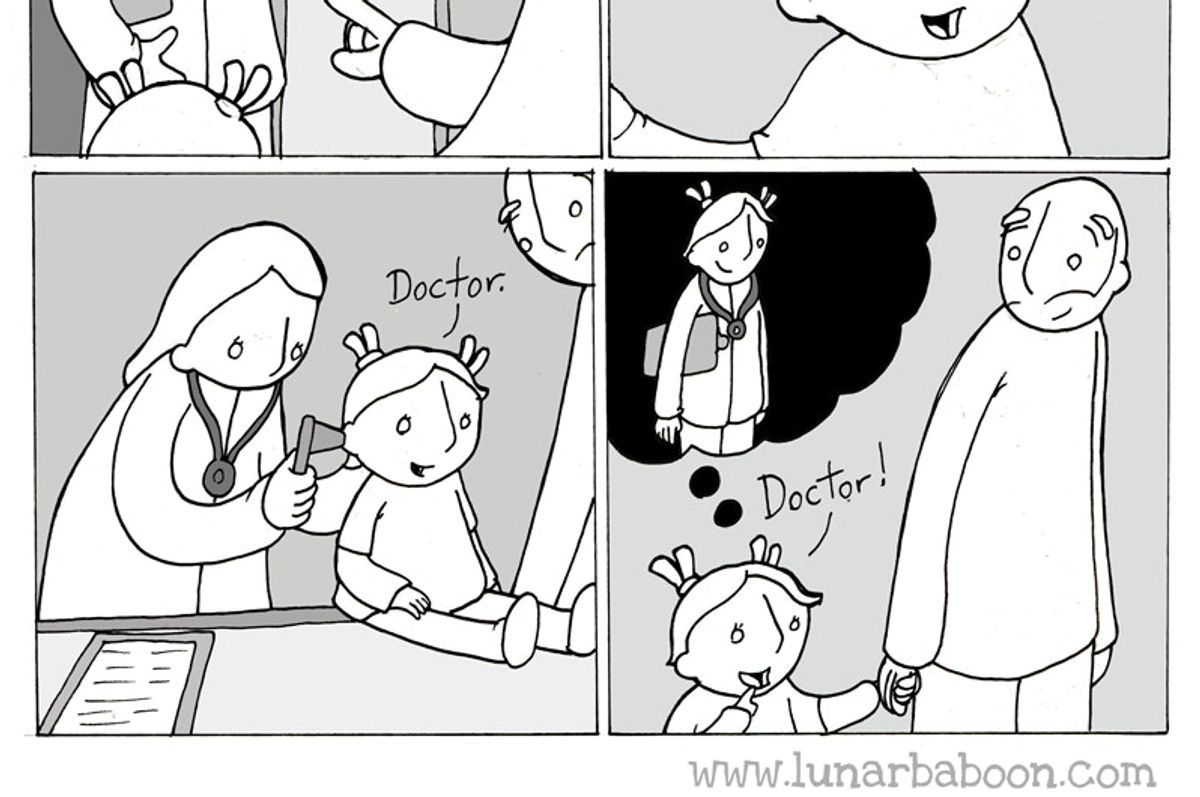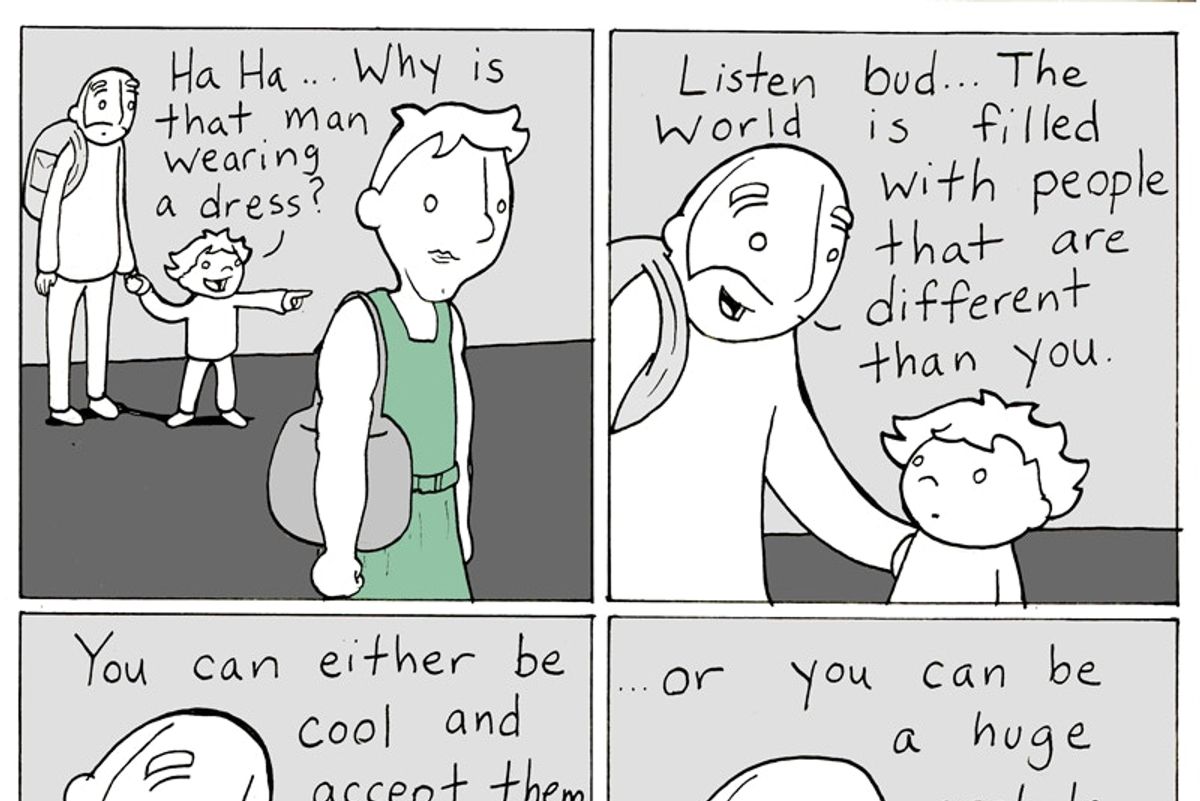Have you ever been watching a Disney movie and had a bit of deja vu? Not just that "Oh, this movie has that familiar Disney look and feel" feeling, but more like, "I swear I've literally seen this exact scene before in another movie"?
If you've watched a lot of Disney films, you actually have seen the same scenes repeated in different movies. People have been pointing out parallel sequences on social media and it's got some folks super freaked out.
Check it out:
Watching that "Jungle Book" and "Winnie the Pooh" sequence, there's no denying it's exactly the same animation template, just with different backgrounds and characters. But how? And why?
Disney has actually been recycling its animation for various movie scenes since it created Dumbo in 1941. Floyd Norman, a veteran Disney animator who has worked on Disney films as far back as Sleeping Beauty in 1959 and as recently as Mulan and Toy Story 2, weighed in on the reason for reusing animation sequences, saying:
"It was done probably to save time, save money. Although I don't think it saved much time and I don't think it saved much money because it was much more of a hassle to go dig this old footage out of the archive. It would've been easier to just sit down and animate a new scene than to go back and try to retrofit all this old stuff to something new. We're looking back to the 1960s and 70s when people weren't thinking how films would change, how media would change, and how people would be able to look at these various films and compare one film against another."
This video by Cartoon Hangovers shares various recycled Disney scenes and explains why they were reused, showing how it all began with animators tracing over live footage of real actors to create more realistic animation in Disney's first full-length feature film, "Snow White."
Every Recycled Disney Shot & Why - Snow White, Frozen, Toy Story, Moana and More - Cartoon Hangoveryoutu.be
Despite the eventual mega-success of the Disney empire, the company's beginnings were not so rosy. "Snow White" was a surprise box office hit, but follow-up films "Pinocchio," "Bambi," and "Fantasia" went way over budget and were considered losses for the studio. "Dumbo" was a success, but then WWII hit. That's when Disney really got started with resuing animation.
The main reason was purportedly to save time and money. According to Floyd Norman, Walt Disney himself probably never even knew or noticed that animators were recycling scenes. He was focused more on the big picture and not so concerned with the technical processes of the animators.
The practice of reusing scenes continued, with "The Sword in the Stone" and "The Jungle Book" in particular snagging lots of scenes from previous Disney projects. But there are lots of well-known examples, including "The Aristocats" reusing scenes from "101 Dalmations," and "Robin Hood" stealing scenes—and even parallel characters—from "The Jungle Book" (Ever notice how similar Little John and Baloo are?) and other Disney films.
These Disney films from the 60s, 70s, and 80s can trace their recycled animation primarily back to one director–Woolie Reitherman. He's not the only one to utilize the reuse of animation, but he's best known for it. He basically didn't see a reason to reinvent the wheel.
However, the practice didn't necessarily save time or money. Floyd Norman has pointed out that it's a lot of work to go through old footage, find what you want, and remake it into a new animation. In some ways, it would be easier just to animate from scratch.
Even newer Disney movies have reused scenes, though more often not, those serve as an homage to the original films that made the newer films possible. Such is the case with the dancing scene at the end of "Beauty and the Beast," which mirrors the one at the end of "Sleeping Beauty."
So no, it's not your imagination—there is no shortage of Disney scenes that are repeated in different Disney films. No one is complaining, of course, with Disney having made dozens of beloved productions enjoyed by billions of people. Perhaps recycling scenes is even part of what gives us a sense of familiarity when we watch a Disney movie.
At the end of the day, animators are magicians. Whatever tools they use to make the magic happen, so be it.
From Your Site Articles
Related Articles Around the Web





 Disney Jr./YouTube
Disney Jr./YouTube


















